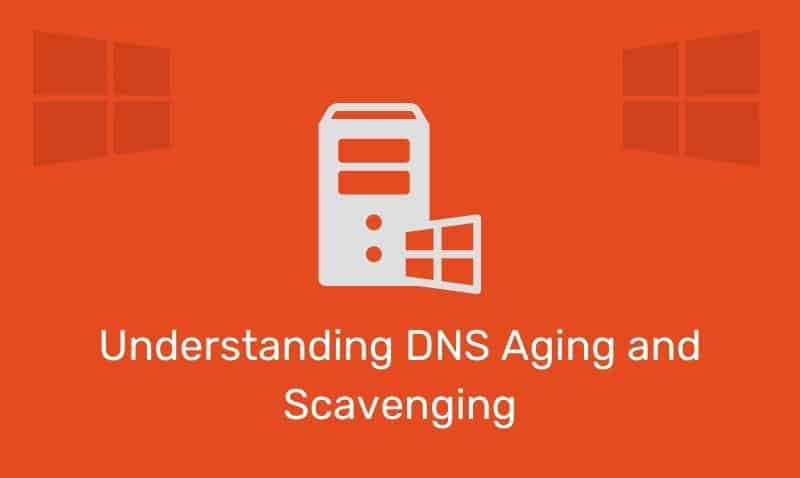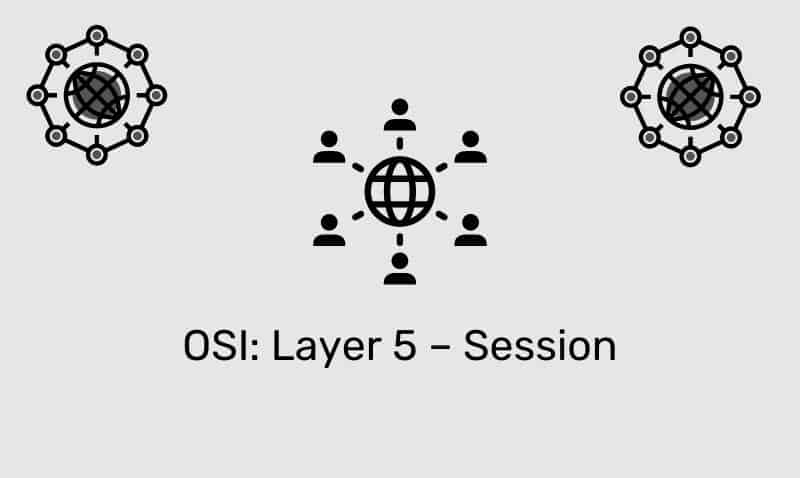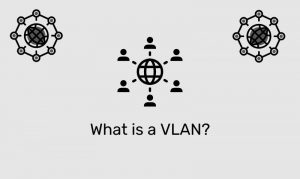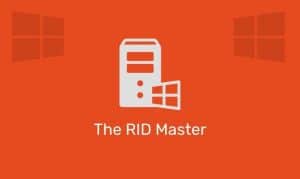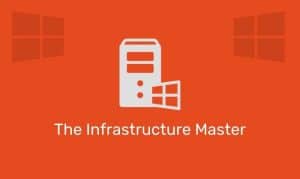Network topology is the pattern of interconnections of the various elements of a computer network. Network topologies may be physical or logical in design.
Physical topology refers to the physical design of a network including the network devices, location of the devices, and cable installation. Logical topology refers to the pattern of how data is transferred over the network.

Bus Topology
In local area networks where bus topology is used, each node is connected to a single cable. You should note that modern local area networks no longer implement this type of topology. On older networks that have been implemented with this design, each computer or network host is connected to a single bus cable.
A signal from the source travels in both directions to all machines connected on the bus cable until it finds the intended target. In Ethernet, if the host receives a frame and the MAC address does not match the MAC address of its NIC, the host will discard the frame. Alternatively, if there is a match, the frame is accepted.
The bus topology consists of only one wire, so this type of topology introduces a single point of failure. If the network cable is cut, the entire network will be down. In addition, the bus topology requires that each end is properly terminated to prevent the signal from bouncing. Once Hubs were developed and made their way onto local area networks, the network layout was that of a logical bus but implemented a physical star.
Star Topology
Most modern local area networks will have a physical star topology implemented. In a star topology, each network host is connected to a central device such as a switch. The physical network layout may not resemble a star, but all of the nodes on the network must be connected to a central device. When traffic is sent from one node to another on the network, the traffic must pass this central device.
The star topology is considered the easiest topology to design and implement. In addition, if a cable is cut, the entire network is not affected. Another advantage of the star topology is the simplicity of adding additional nodes. The two main disadvantages of the star topology are the increase in cabling required (cost) and that the central device is a single point of failure for the network.
Ring Topology
A network topology that is set up in a circular fashion in which data travels around the ring in one direction is considered to be a ring topology. In a physical and logical implementation, each device in a ring is connected to another adjacent device. The devices in a ring each act as a repeater to keep the signal strong as it travels through the path of the ring.
Each device incorporates a receiver for the incoming signal and a transmitter to send the data on to the next device in the ring. Ring topologies were common on older Token Ring networks. Original Token Ring networks implemented both a physical and logical ring topology. As the token ring developed, the logical topology remained as a ring, but the physical topology was implemented as a star.
For example, communication passed from host to host but had to pass through a central similar to that discussed in the star topology section. Ring topologies and Token Ring are no longer implemented on modern local area networks. Some wide area network technologies still implement different variations of ring topologies.
Mesh
Mesh topology can be implemented as a partial mesh or full mesh topology. In a partial mesh, there are at least two nodes with two or more paths between them to provide redundant paths to be used in case the link providing one of the paths fails. A full mesh topology is a network topology in which there is a direct link between all pairs of nodes.
This type of network topology is complex and costly to implement. In addition, this is not a topology that is generally implemented on a local area network. This type of topology is often seen on wide area networks where a high degree of redundancy and availability is required.




